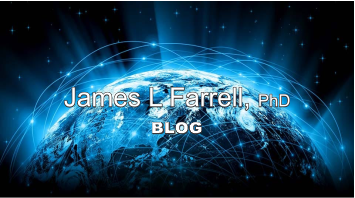REASONS for INACTION — and CONSEQUENCES
For reasons, consider a line from a song in Gilbert-&-Sullivan’s
Gondoliers
:
“ When everybody is somebody, then nobody is anybody ” —
(too many cooks)
For consequences, consider this question:
Should an intolerable reality remain indefinitely intolerable ?
While much of the advocacy expressed in my publications and website have focused on tracking and navigation, this tract concentrates instead on two major opportunities to apply a breakthrough solution that is virtually unknown.
60 Minutes
alerted the public to an intolerable reality. Rather than repeating description of that problem I’ll jump immediately to the basis for my recommendation:
* Structures change shape before they fail.
* Changes in shape offer advanced warning.
* Reinforcement can be prescribed only for those exhibiting the warnings.
* Shape can be deduced from sets of measurements that are already in place.
* Those results can be acquired from computers processing all day every day.
* Neither computation nor data transmission to a central hub would be costly.
* Classical shape state analysis, limited to 2-D, has been extended to 3-D.
* That 3-D extension has already been validated by using GPS measurements.
* Hardly anyone knows that the 3-D extension happened.
* In fact, most techies are unfamiliar with shape states, even in 2-D.
Only the 7th and 8th items need any elaboration. The latter can be verified, in varying degrees of detail, through sources cited now. First, Figure 2 of a 3-page summary provides a quick glance. Those wanting more in-depth description can access a full manuscript with real data for verification. There’s also a blog concentrated on application to earthquakes.
The remaining item needing explanation is covered here in terms of a video describing 3D Deformation Extraction for Morphometrics . Those who follow it will see that the most widely known authoritative source is limited to two dimensions. Obviously the 3-D extension is essential for applications being described here (and in fact, even for accurate imaging — genesis from that field is incidental; subordinate to the present purpose). Further discussion of promise for anticipating structural failure appears in another blog .
Support for this work has been limited to (a)medical imaging verification and (b)a trip to present the quake data results. My voice can be heard in forums on navigation and tracking but, evidently, not by those responsible for safety in presence of structural dangers. I’m not claiming completion of everything required for operational readiness but, with no action at all, an intolerable reality will remain indefinitely intolerable. Seventy thousand bridges won’t be repaired any time soon but, with advanced knowledge where needed, the cost of essential action can be minimized. Continuous shape state computations fed by already in-place monitoring data could likewise give life-saving warnings.
Commercial value of this capability could be enormous, but a far better plan would be a low-cost pilot program with a lion’s share of eventual gain steered directly toward a worthy charity (one with a favorable rating from CharityWatch ). I have no idea how to make that happen. Someone in a position of authority, with no ambition to become the next billionaire, could conceivably define a workable strategy.










